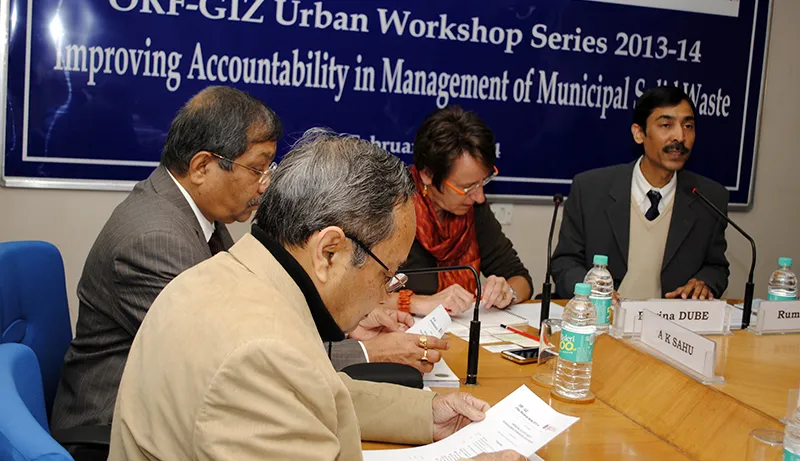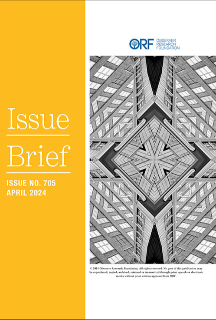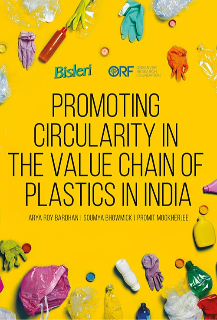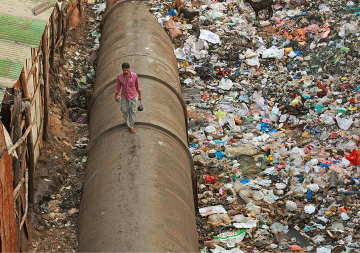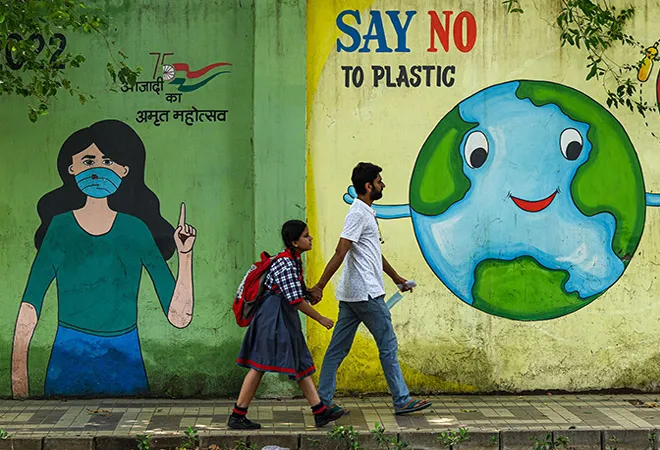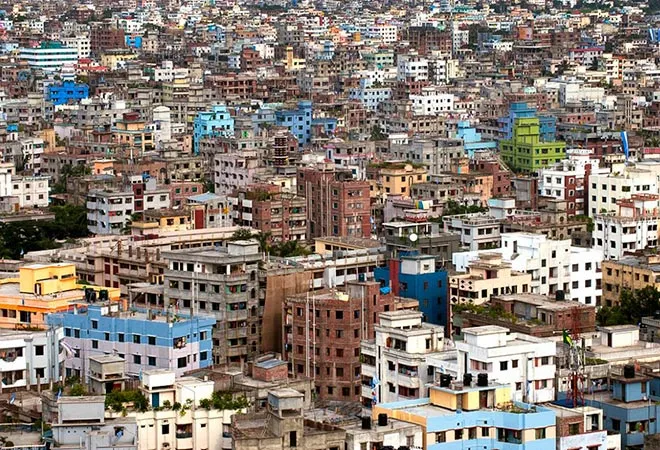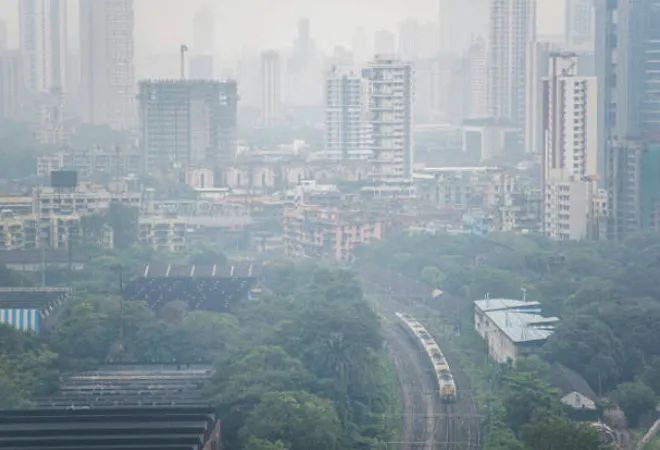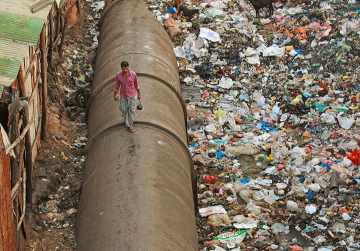Laboratory Biosafety in India: In Search of a Sound Regulatory Framework
In the biomedical field, laboratories must ensure biosafety while managing pathogens and microorganisms in order to protect personnel and the broader community against potential leaks and lab-acquired infections. Global standards provide a roadmap for the biosafety of laboratories, underscoring the importance of their design and equipment, personnel training, waste management, and communication in preventing potential biohazards from breaching co




